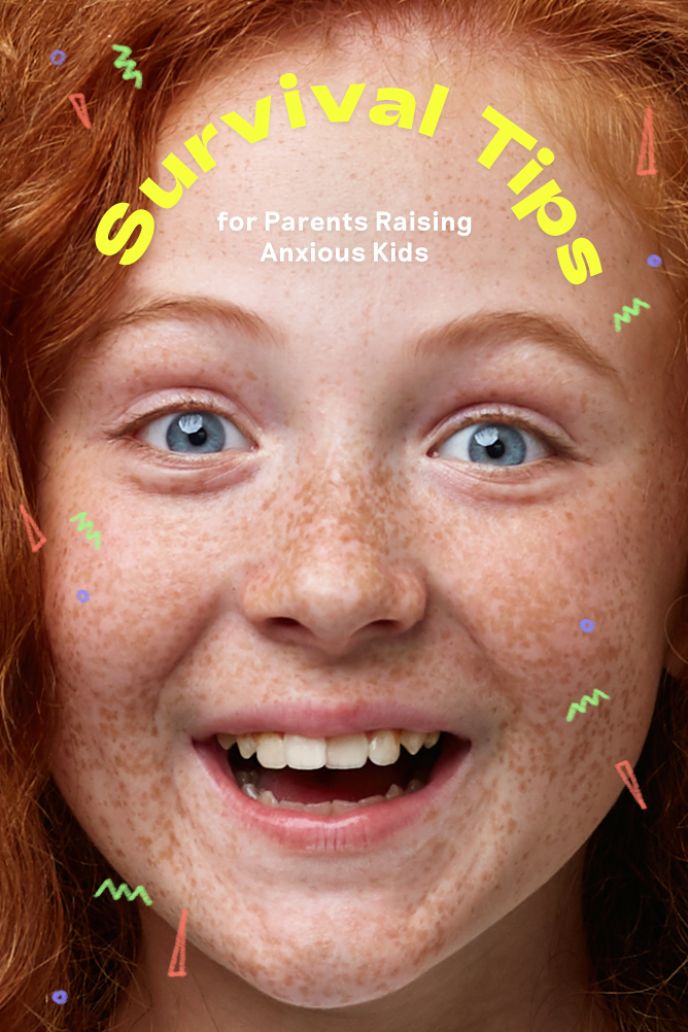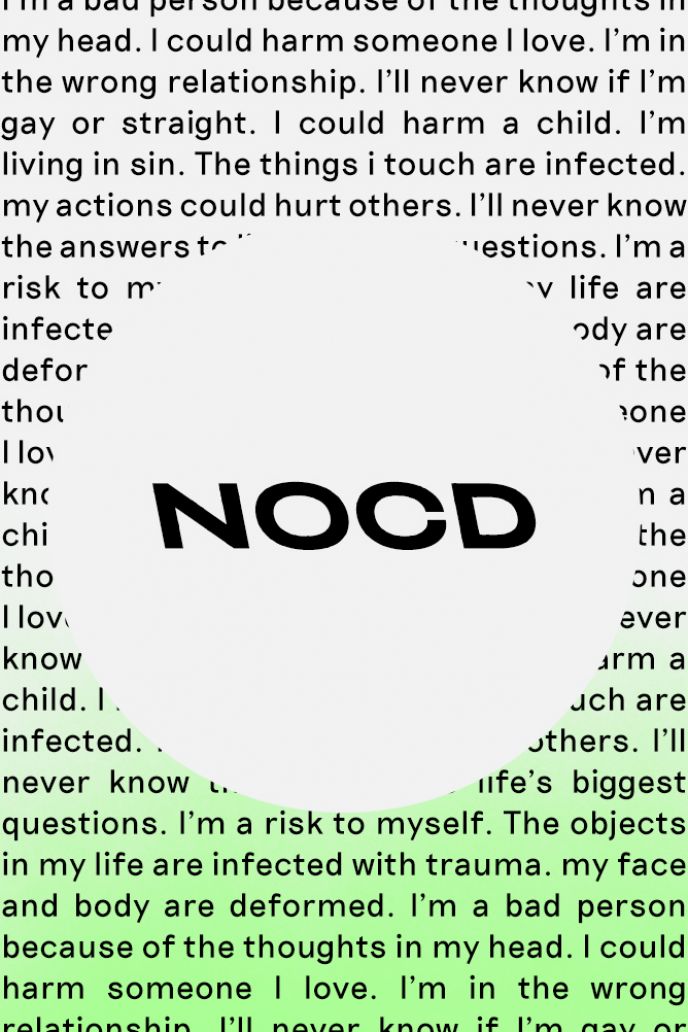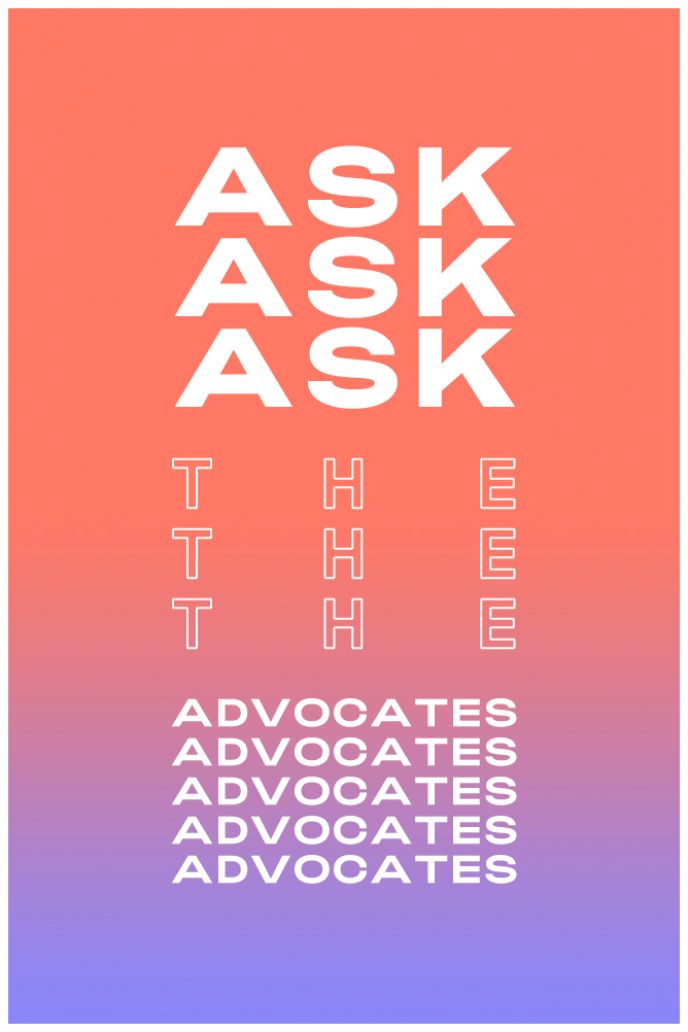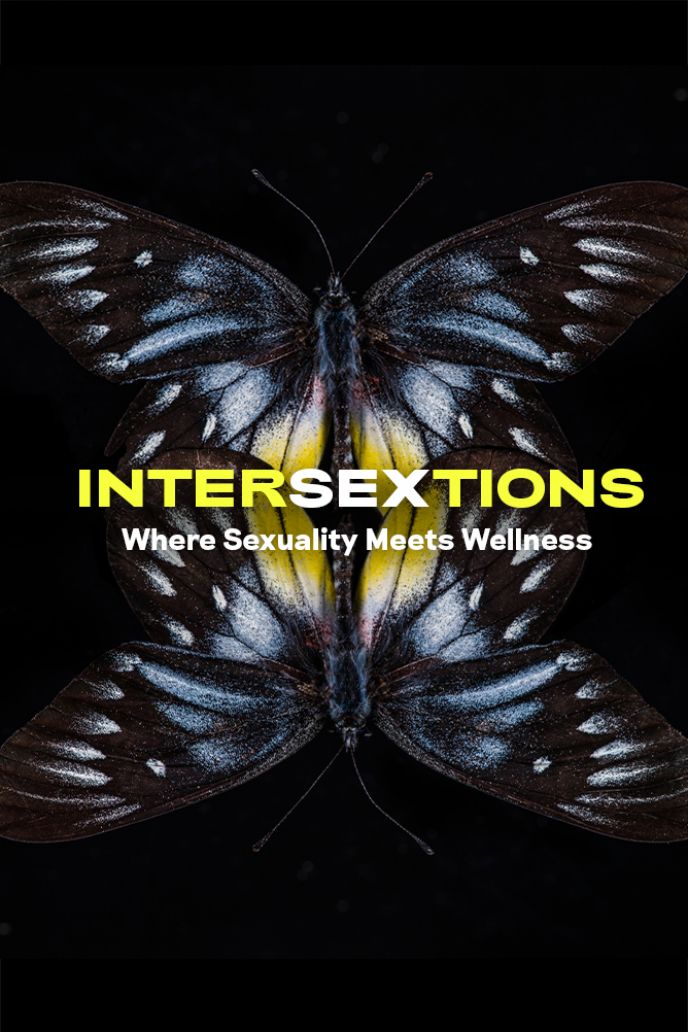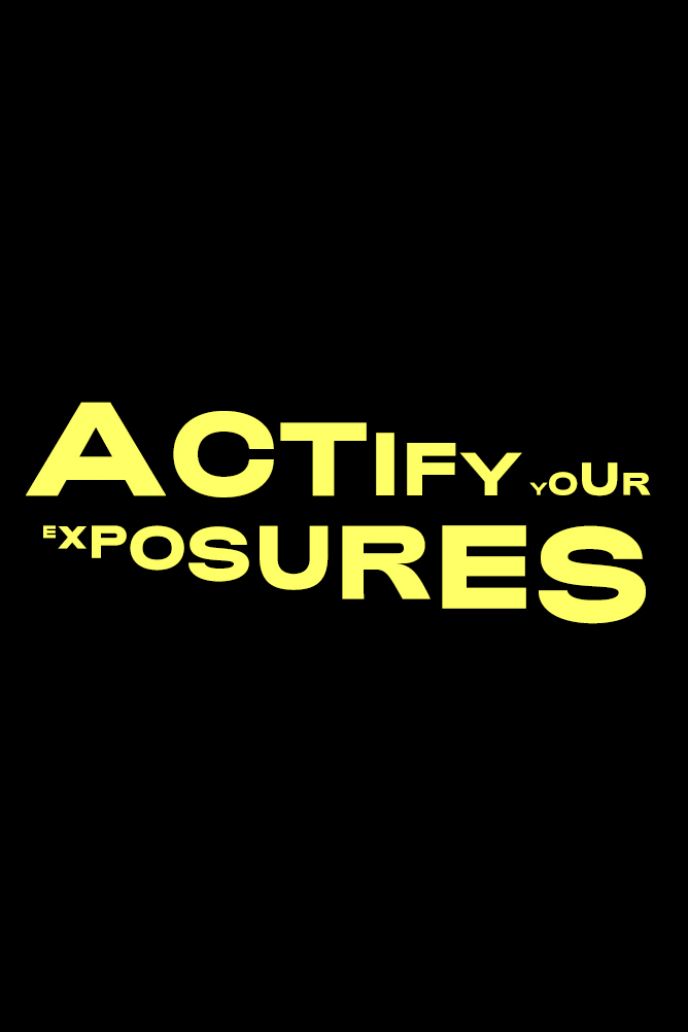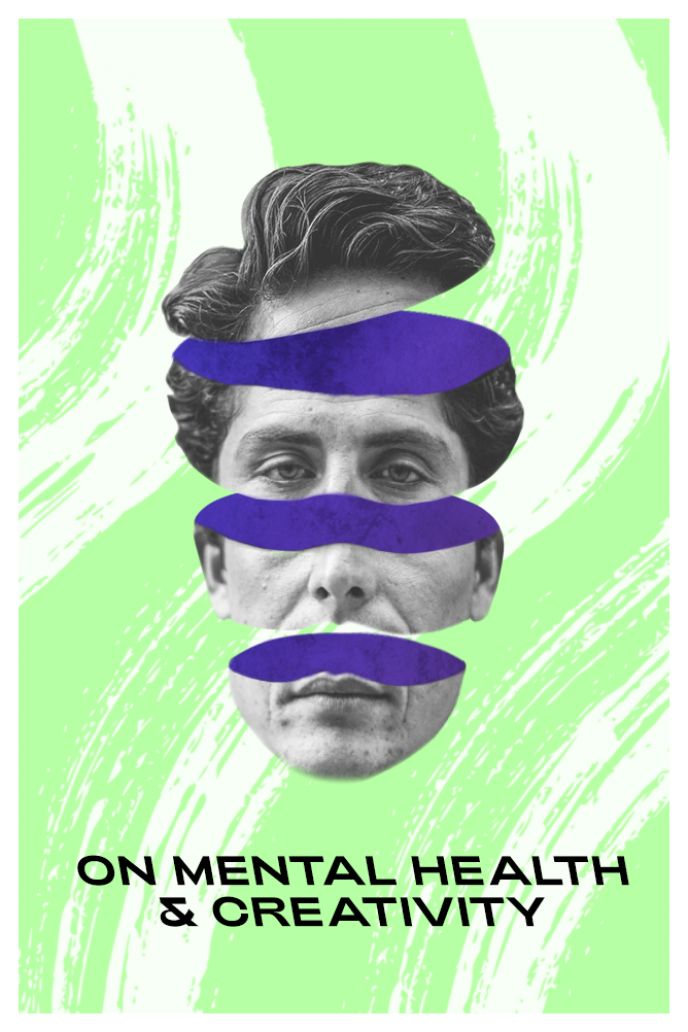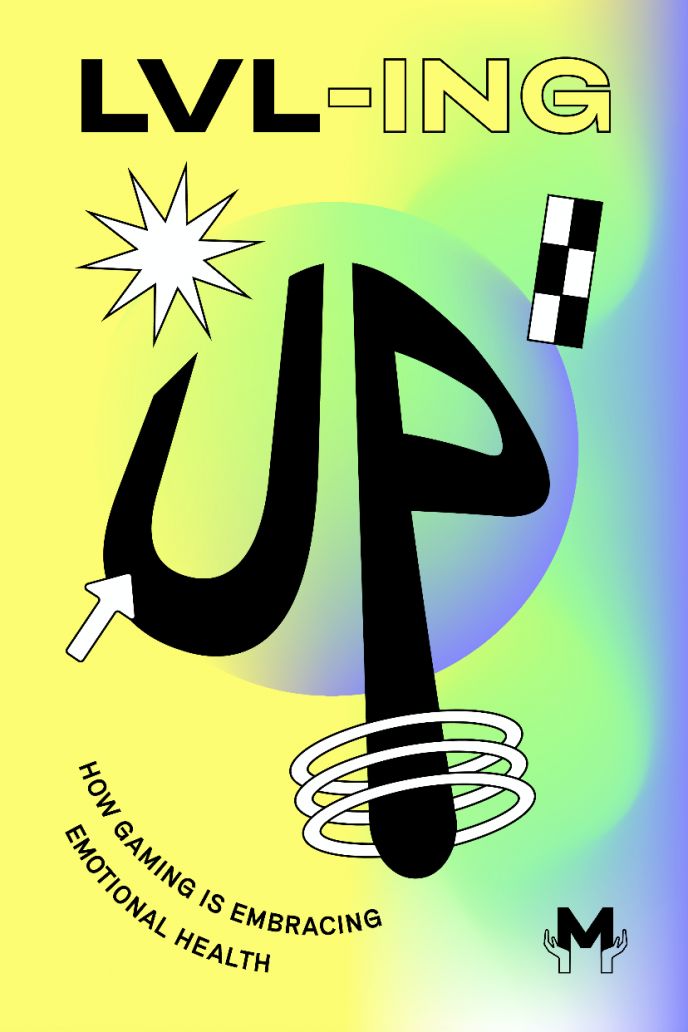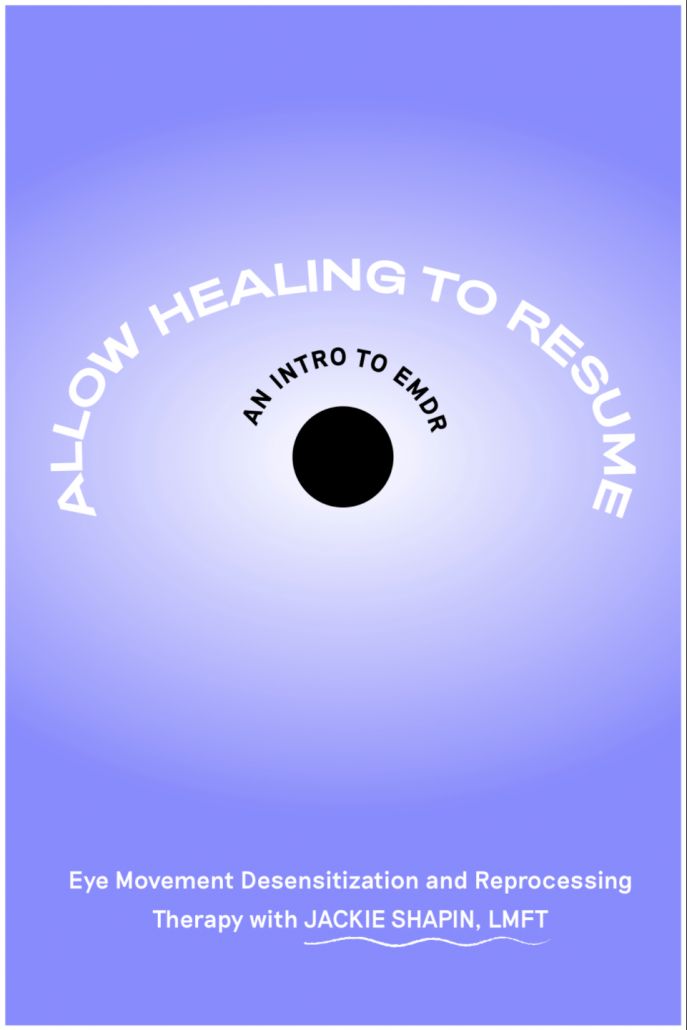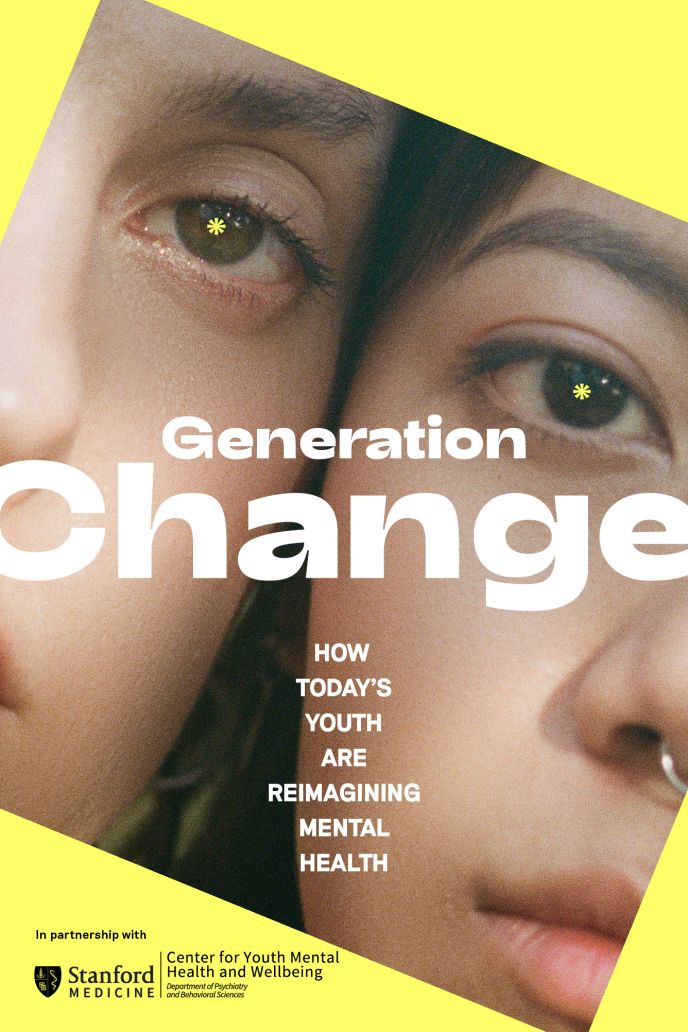How People with Social Anxiety Can Tackle Public Speaking
Tips to help you feel more confident and prepared.
Escrito por Paul Lewin

01 Paul defines social anxiety and how it can affect public speaking.
02 While public speaking is one of the most common fears, it may be more difficult for those with anxiety conditions.
03 Through methods like therapy, speech preparation, practice, and alternative approaches, you can begin to feel more at ease speaking in front of people.
Social anxiety disorder (SAD) is a growing concern for many adults and young people alike. According to the Anxiety and Depression Association of America (AADA), SAD affects 15 million adults, or 6.8% of the U.S. population. A 2020 study found that “levels of SAD may be rising among young people, and that those aged 18–24 may be most at risk.”
Though SAD is frequently discounted as mere shyness or social awkwardness, this condition can severely affect a person's quality of life and act as a limiting factor in their occupational and educational prospects.
There are a variety of solutions that can make symptoms of SAD more manageable. Three common methods of managing SAD include cognitive behavioral therapy (CBT), building healthy habits, and alternative approaches. In this post, we'll discuss what exactly SAD is and explain how to better handle public speaking in spite of it.
Condiciones relacionadas
What is Social Anxiety Disorder (SAD)?
SAD is a type of anxiety disorder characterized by feelings of excessive fear, self-consciousness, and embarrassment in otherwise normal social situations. People with SAD often avoid social situations, or endure them with great discomfort. For some individuals, their fear of embarrassing themselves or being judged by others can be so debilitating that it significantly impacts their performance at work or on campus, as well as their personal relationships.
SAD is different from shyness, which is a personality trait. In fact, many shy people function quite well in social situations. Despite feeling uncomfortable at first, they usually warm up to the situation and are able to enjoy themselves. On the other hand, people with SAD often feel intense fear and anxiety in social situations that don't gradually diminish in a short period of time.
Public Speaking with SAD
Public speaking is a tough task for many people, whether or not they’re dealing with an anxiety disorder. Millions of people around the world take public speaking lessons to learn the common techniques for not only giving a good presentation, but also managing the nervousness that naturally comes with speaking in front of a large audience. Below, we’ll discuss the most common methods for managing the anxiety around public speaking to suit different needs.
Cognitive Behavioral Therapy (CBT)
CBT has been shown to be the most effective therapies for SAD, according to the Mayo Clinic. This is because it can help patients develop and improve coping skills, as well as become more confident when dealing with anxiety-inducing situations.
CBT can include role-playing, as well as skills training, with the goal of increasing comfort and confidence when relating to others. Later therapy sessions can even involve activities like practicing speaking in front of an audience — exposure to such a stressful situation, while knowing that the therapist is right there, is a good way to take significant steps forward.
Habits That Can Help Make Presenting Easier
For people unaccustomed to public speaking, a major stressor is simply not knowing what to expect. Having SAD can amplify natural feelings of stress or anxiety because of increased sensitivity to public perception, and often pessimistic expectations around social interactions. Below are some habits that can make public speaking significantly more manageable.
- Time to Prepare - Allowing yourself ample time to organize a presentation can provide a sense of security, and increase confidence in the content since there’s a clear and familiar path you can follow.
- Notes Over Memorization - Though it’s often believed that writing out the entirety of a presentation is the best guarantor of success, having notes or an outline handy is a very good alternative for certain personality types. New presenters who forget a memorized line will often have trouble finding their place again; this can put them at high risk of a panic attack. Using notes or an intuitive outline makes it easy to quickly find your place and resume presenting, minimizing the chance for anxiety levels to escalate.
- Take a Deep Breath - A 2017 study showed that taking in a deep breath from the diaphragm rather than your chest, “...improve[d] sustained attention, affect, and cortisol [the chief stress hormone] levels.” Diaphragmatic breathing, sometimes called “belly breathing,” can feel odd at first, but is relatively easy to do with little to no conscious effort.
- Practice Makes Perfect - Simply practicing speaking to an increasingly large audience can do wonders for confidence and diminishing anxiety. Taking time to practice speaking in front of a group of friends or people you trust can make the first few tries easier — with the added benefit of honest feedback and suggestions to help you improve.
Lecturas relacionadas
Alternative Methods
For those suffering from SAD, sometimes alternative methods can be helpful alongside therapy and habitual changes. Some of these methods include taking supplements, drinking tea, smelling certain scents, taking cold showers, or exercising to help calm the nerves before speaking in public or even performing in front of thousands. One example of this strategy is Taylor Swift, who spoke to Health magazine about supplementing with l-theanine to help her manage the stress and anxiety that come with live performances, and to help her deal with constant public scrutiny.
Regaining Control Over Social Anxiety
SAD symptoms can range from rapid breathing and excessive sweating, to heart palpitations and light-headedness. Whether you or someone you know is experiencing any of this while preparing for a public speaking engagement, remember that patience is key and adding more pressure will only aggravate symptoms. Take things slow and find which methods are the right fit.
Apoya nuestro trabajo
Nuestra misión es cambiar la manera en que el mundo percibe la salud mental.


